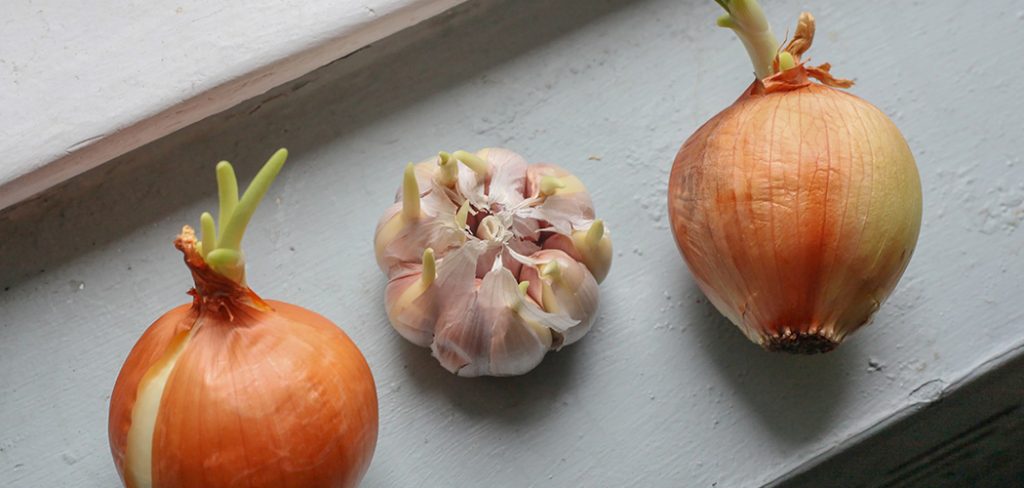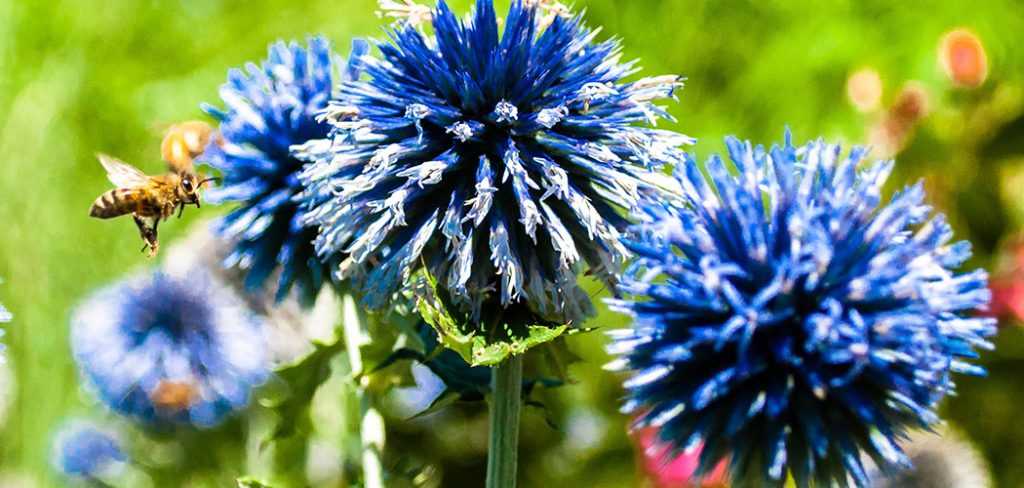Here’s a simple guide on how often to water basil, parsley, and cilantro. Did you know that basil is still considered a sign of love in Italy? It used to be a signifier that a woman was ready for courtship, and having a man bring it to a woman meant that he had good intentions for her.
On the other hand, there was a legend about parsley which says that it grew where a Greek hero named Archemerous’ blood spilled when he got eaten by serpents. Have you ever heard of that story?
Third, there may actually be a genetic reason as to why you love or hate cilantro. There’s a specific gene in the olfactory centers in the brain that some people have. This makes them very sensitive to the odor and taste of cilantro.
And most importantly, did you know that these three herbs can be grown together in the same container? They have similar water needs, so planting them together makes the job easier for you.
How Often to Water Basil in Containers
Basil is one of the many herbs that can be grown in pots. It’s compact enough to thrive in a fairly small amount of space, as long as you place it in the right type of soil and water it regularly.
It’s easy to grow, and if you’re not confident enough to start basil from seed, you can always buy seedlings from your local plant nurseries.
Really, there’s no excuse for you to not be growing basil right now!
If there’s one thing to know about growing basil, it’s that they like to stay moist. If you’re wondering how often to water basil, the general rule is that you have to give it about an inch of water every week.
You’re going to need more than that if you’re wondering how often to water basil in containers. Basil that’s growing in containers need to be watered more frequently, as the soil should never be allowed to dry out.
Try watering your basil plants early in the morning so that they can absorb the water well as the sun comes up.
If your goal is to have basil all season, pruning basil occasionally will definitely help avoid it from going to seed. This will also help your basil grow more compact and less leggy. Doing so would also encourage new growth for your plant.
Even if you don’t plan on using basil, regularly remove about a third of its leaves monthly. You can always just freeze basil up so that you can use them long past the harvest date.
How Often to Water Parsley
In growing parsley, it would be best to start it from seed, as it doesn’t do well being transplanted. This is because of its long tap root that doesn’t like being disturbed.
Parsley is a fast grower. After planting the seeds, they develop into seedlings in a matter of three weeks. They can also grow quite abundant, so thin out your seedlings or transplant some of them to another pot as soon as they get crowded in your container.
As for how often to water parsley, it’s more or less similar to basil. The soil should stay moist but not soggy. Watering parsley once a week would be enough. This is the reason why parsley and basil can be grown together – they have similar soil and water requirements.
You can feed your parsley with fish emulsion twice a month to keep it growing well.
If you notice that your parsley leaves start to look dry and brittle, it probably lacks humidity. The easiest fix for this is to place your plant in the kitchen counter where steam from cooking and water from the sink could give it the humidity it needs.
Alternatively, you can place pebbles on a tray and put water in them, being careful to leave the top pebbles exposed. As the water from the tray evaporates, your plant would get humidified.
How Often to Water Cilantro
Like parsley, cilantro also doesn’t do well with being transplanted. It would be best to plant them from seed, or if you have a starter plant in your local plant nursery, you can opt for that as well.
Cilantro needs a well-draining soil and pot, so make sure you get a pot with plenty of drainage holes at the bottom, preferably a terra cotta pot. As for the soil, you should be using a potting soil mixed with sand to improve drainage.
Like parsley, fish emulsion should also be applied only biweekly. This is to help your cilantro grow a little better.
As for how often to water cilantro, do it only when the soil is dry to the touch. It’s more important to water the plant thoroughly than frequently. In watering cilantro, make sure that water comes out of the drainage holes at the bottom before stopping. It would help to check the soil frequently so that you know when it needs watering.
Cilantro should get about five hours of full sun daily, but if you don’t get much sun where you live, it would be best to invest in grow lights to still give your plant the sunlight that it needs.
Now that you know how often to water basil, parsley, and cilantro, you can start planting them around your home. Who doesn’t want freshly harvested herbs, right?
Conclusion
With only these three herbs, you can already make a multitude of dishes. Basil, for example, goes well with tomatoes, especially in making pasta. It’s also one of the main ingredients in making pesto sauce. And, of course, it all comes down to the variety of salads you can make by mixing basil with other ingredients you have at home.
Parsley, on the other hand, can be used to garnish a lot of dishes. However, it doesn’t end there. You can always make chimichurri sauce with it to serve with grilled food. You can even just fry parsley leaves and it would be life changing.
Lastly, cilantro can be used with lemon to make chicken and pasta dishes. You can also use it as a vinaigrette for salads. And, of course, who could forget the classic pico de gallo that gets served with tacos?
Really, the possibilities are endless! So, get on with your gardening. Enjoy!
Read my other post on Urban gardening and Small vegetable garden.

